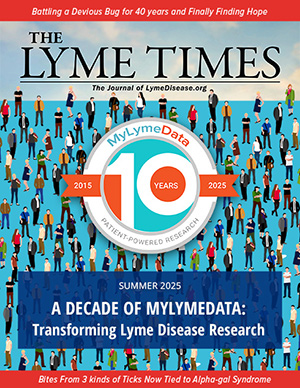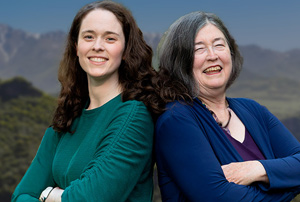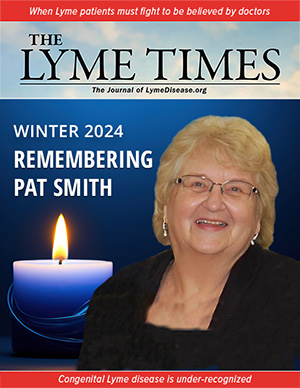LymeDisease.org — 35 years of advocating for you Starting as a small grassroots support group, LymeDisease.org has grown into an influential voice for Lyme patients
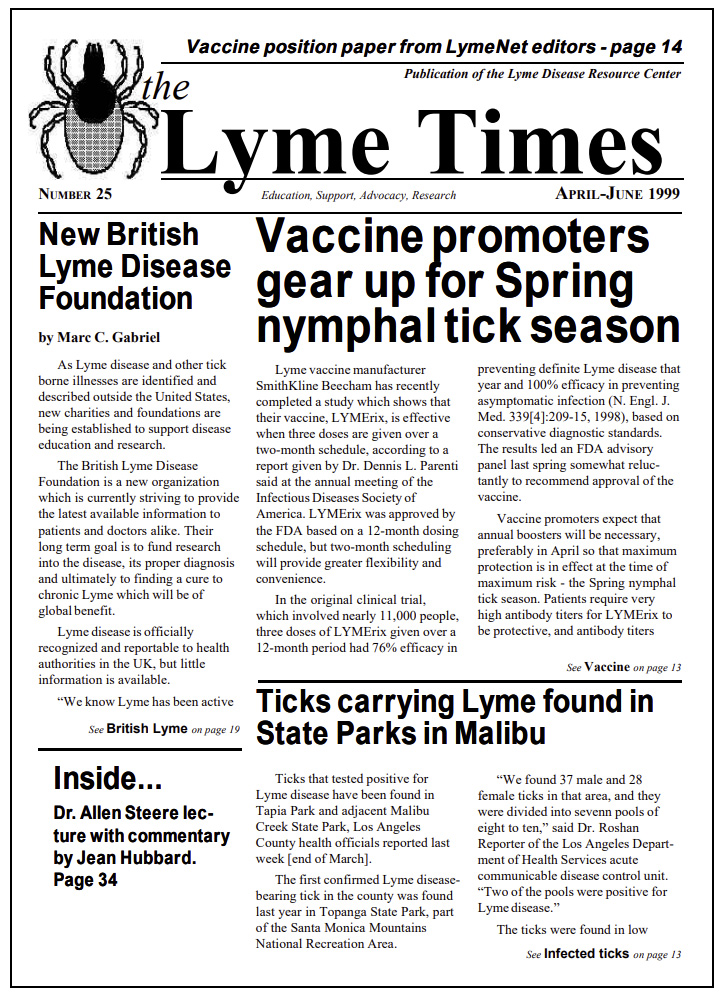 I n 1989, Phyllis Mervine published the first issue of the Lyme Times in Ukiah, California. It was two legal-size sheets of paper, folded in half into a little booklet which she created on a Macintosh Plus computer. Her goal? To help people with Lyme disease connect with each other, learn more about the illness, and find ways to get better.
I n 1989, Phyllis Mervine published the first issue of the Lyme Times in Ukiah, California. It was two legal-size sheets of paper, folded in half into a little booklet which she created on a Macintosh Plus computer. Her goal? To help people with Lyme disease connect with each other, learn more about the illness, and find ways to get better.
Fast forward to today, 35 years later. The Lyme Times, now a digital publication, is read by Lyme patients throughout the world. And the organization that Phyllis founded—now known as LymeDisease.org—has grown into one of the most influential Lyme disease advocacy organizations in the United States.
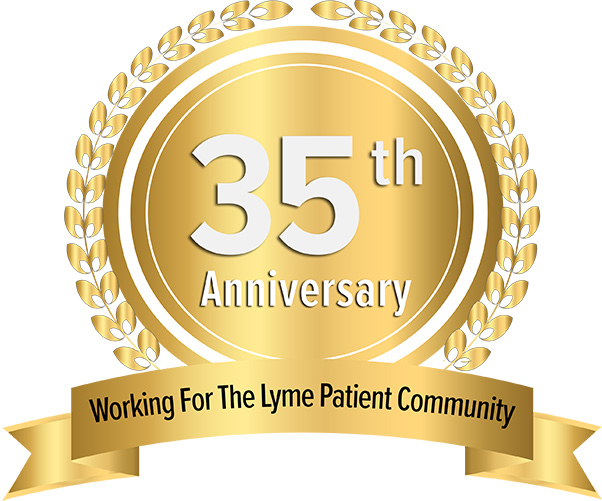 Somebody on Facebook recently called us “The CNN of Lyme disease.” He wasn’t wrong! We operate as a news hub for the Lyme community, striving to keep our readers informed about what’s going on in the world of tick-borne diseases. We use a variety of platforms to do so, including our website, news blogs, Facebook, X, Instagram, LinkedIn, and a weekly email newsletter.
Somebody on Facebook recently called us “The CNN of Lyme disease.” He wasn’t wrong! We operate as a news hub for the Lyme community, striving to keep our readers informed about what’s going on in the world of tick-borne diseases. We use a variety of platforms to do so, including our website, news blogs, Facebook, X, Instagram, LinkedIn, and a weekly email newsletter.
But that’s only part of what we do. We also conduct research via our MyLymeData project, collaborate with scientists, advocate with legislators and healthcare policy makers, and represent Lyme patient interests in many other ways.
On this, our 35th anniversary, I’d like to look back at how far we’ve come.
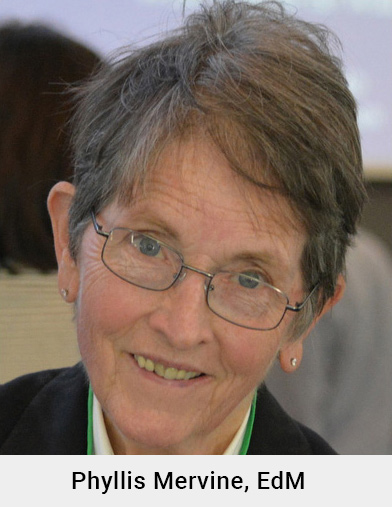 In 1975, Connecticut mother Polly Murray first brought attention to a mysterious illness that would eventually be called Lyme disease. In 1982, Willy Burgdorfer identified the Lyme spirochete, later named Borrelia burgdorferi in his honor. But little was known about this newly recognized infection. Most doctors didn’t know how to diagnose and treat it, and patients were largely left on their own to figure out what to do about it. By the late 80s and early 90s, scattered Lyme support groups formed throughout the country, mostly in the northeast. That was the world in which the Lyme Times and Mervine’s fledging California-based grassroots organization came into being. It was also when doctors who treated chronic Lyme disease with long-term antibiotics—the only available treatment at the time—were being hauled up on charges by state medical boards and threatened with losing their medical licenses.
In 1975, Connecticut mother Polly Murray first brought attention to a mysterious illness that would eventually be called Lyme disease. In 1982, Willy Burgdorfer identified the Lyme spirochete, later named Borrelia burgdorferi in his honor. But little was known about this newly recognized infection. Most doctors didn’t know how to diagnose and treat it, and patients were largely left on their own to figure out what to do about it. By the late 80s and early 90s, scattered Lyme support groups formed throughout the country, mostly in the northeast. That was the world in which the Lyme Times and Mervine’s fledging California-based grassroots organization came into being. It was also when doctors who treated chronic Lyme disease with long-term antibiotics—the only available treatment at the time—were being hauled up on charges by state medical boards and threatened with losing their medical licenses.
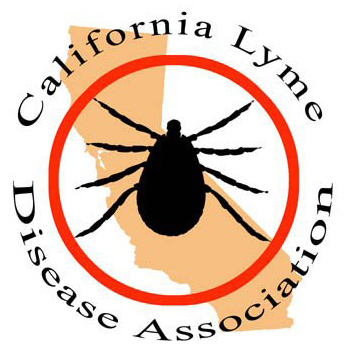 The rise of the internet offered new ways for our organization — then known as the California Lyme Disease Association (CALDA) — to spread our message to the Lyme community and beyond. In 2004, we set up a nationwide network of state-based Yahoo chat groups for Lyme patients, such as CaliforniaLyme, MassachusettsLyme, and NewYorkLyme. This was well before Facebook and other social media channels existed. (When the company disbanded Yahoo Groups in 2019, we moved to another platform and combined the state groups into the US National Lyme Support Group. It still flourishes today.)
The rise of the internet offered new ways for our organization — then known as the California Lyme Disease Association (CALDA) — to spread our message to the Lyme community and beyond. In 2004, we set up a nationwide network of state-based Yahoo chat groups for Lyme patients, such as CaliforniaLyme, MassachusettsLyme, and NewYorkLyme. This was well before Facebook and other social media channels existed. (When the company disbanded Yahoo Groups in 2019, we moved to another platform and combined the state groups into the US National Lyme Support Group. It still flourishes today.)
As the targeting of Lyme-treating doctors continued, in 2004, our CEO Lorraine Johnson and our Medical Director Dr. Raphael Stricker began a professional collaboration to publish a series of medical journal articles focused on the “medico-legal” aspects of Lyme disease. This side of Lyme disease — where medicine and the law intersect — had never been explored before. (In time, they published more than 40 articles.)
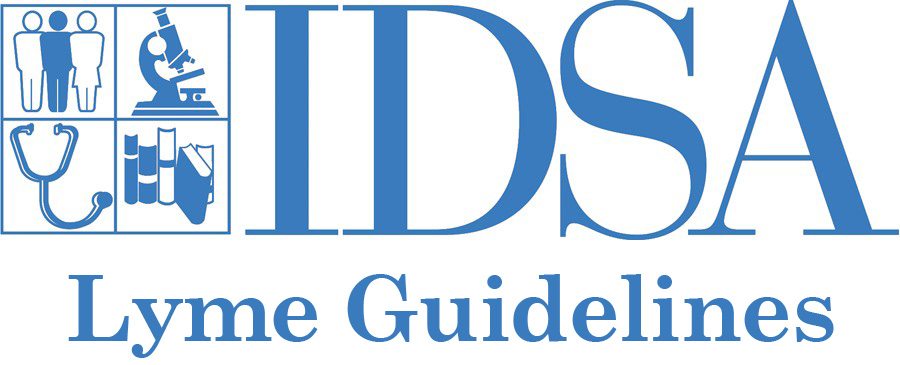 In 2006, the Infectious Diseases Society of America released Lyme treatment guidelines that put even more of a target on the backs of Lyme-treating physicians, making it harder yet for patients to get the care they needed. (Though the IDSA is a private organization, its guidelines were endorsed by federal health officials and accepted by most insurance companies.) At that point, CALDA’s Lorraine Johnson contacted the Connecticut Attorney General’s office, calling their attention to serious financial conflicts of interest of many IDSA guidelines panel members. As a result, then-Attorney General Richard Blumenthal conducted a civil investigation of the IDSA for anti-trust violations. In 2008, he found the IDSA’s guidelines development process “flawed” and “driven by conflicts of interest.”
In 2006, the Infectious Diseases Society of America released Lyme treatment guidelines that put even more of a target on the backs of Lyme-treating physicians, making it harder yet for patients to get the care they needed. (Though the IDSA is a private organization, its guidelines were endorsed by federal health officials and accepted by most insurance companies.) At that point, CALDA’s Lorraine Johnson contacted the Connecticut Attorney General’s office, calling their attention to serious financial conflicts of interest of many IDSA guidelines panel members. As a result, then-Attorney General Richard Blumenthal conducted a civil investigation of the IDSA for anti-trust violations. In 2008, he found the IDSA’s guidelines development process “flawed” and “driven by conflicts of interest.”
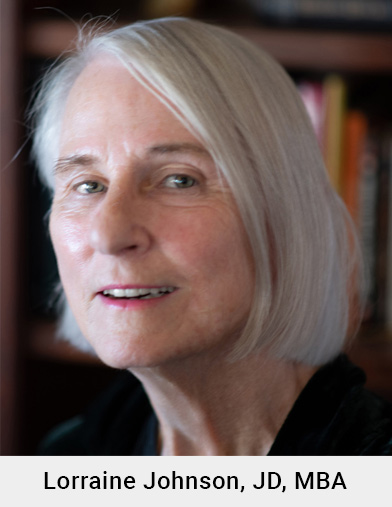 The AG’s settlement with the IDSA required the society to hold a review hearing in 2009, carried live over the internet. Lorraine Johnson and Dr. Stricker were two of 10 speakers chosen to give comments. At the time, I wrote the following summary of Lorraine’s presentation: Lorraine Johnson showed her own SPECT scans, showing major changes in her brain before and after long term antibiotic therapy. She presented results of CALDA’s survey of 3,000 Lyme patients, indicating that more than half of respondents remained ill under the IDSA guidelines. Of those, more than 60% improved with additional treatment. She compared Lyme treatment (per IDSA–no options in treatment) with cancer and other diseases which allow for a wide variety of treatment options. Several panel members asked her questions, which allowed her more time to discuss insurance denials. Although the review process itself did not result in significant changes in IDSA policy, it marked a turning point in Lyme disease advocacy. The Lyme community had started playing on a much broader public stage.
The AG’s settlement with the IDSA required the society to hold a review hearing in 2009, carried live over the internet. Lorraine Johnson and Dr. Stricker were two of 10 speakers chosen to give comments. At the time, I wrote the following summary of Lorraine’s presentation: Lorraine Johnson showed her own SPECT scans, showing major changes in her brain before and after long term antibiotic therapy. She presented results of CALDA’s survey of 3,000 Lyme patients, indicating that more than half of respondents remained ill under the IDSA guidelines. Of those, more than 60% improved with additional treatment. She compared Lyme treatment (per IDSA–no options in treatment) with cancer and other diseases which allow for a wide variety of treatment options. Several panel members asked her questions, which allowed her more time to discuss insurance denials. Although the review process itself did not result in significant changes in IDSA policy, it marked a turning point in Lyme disease advocacy. The Lyme community had started playing on a much broader public stage.
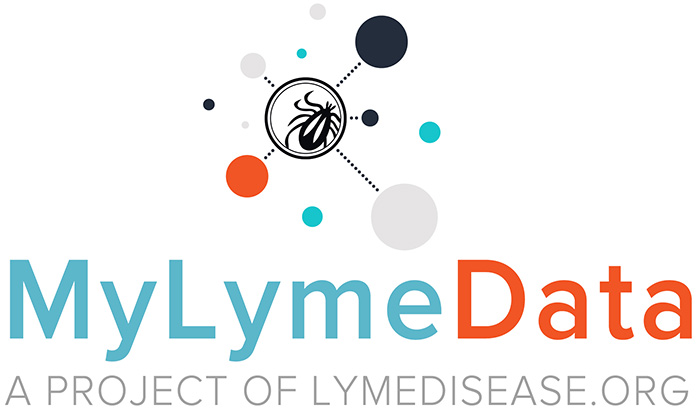 After the IDSA review hearing, we began conducting large-scale surveys of Lyme patients and getting them published in scientific journals. Our Access to Care and Burden of Illness study drew over 4,000 responses—at that time, the largest survey of Lyme patients ever conducted. Published in Health Policy in 2010, it revealed that 65% of patients with chronic Lyme disease had to cut back or quit work or school and 25% were on disability. (Once again, nobody knew this until we asked the questions and collected the answers.)
After the IDSA review hearing, we began conducting large-scale surveys of Lyme patients and getting them published in scientific journals. Our Access to Care and Burden of Illness study drew over 4,000 responses—at that time, the largest survey of Lyme patients ever conducted. Published in Health Policy in 2010, it revealed that 65% of patients with chronic Lyme disease had to cut back or quit work or school and 25% were on disability. (Once again, nobody knew this until we asked the questions and collected the answers.)
In 2011, we changed our name from CALDA to LymeDisease.org, because our efforts reached far beyond California. And we continued our surveys, including such topics as Quality of Life and Outcomes Important to Patients. These led the way to our biggest survey of them all—the MyLymeData patient registry, launched in 2015.
In MyLymeData, individuals report their personal experiences with tick-borne illness. How long to diagnosis? What treatments have you tried? What has helped the most? We partner with academic scientists to analyze the data. A recent finding: Women with Lyme disease take longer to get diagnosed, have more severe symptoms and experience higher rates of disability when compared to men. They may also be more likely to develop persistent Lyme disease. Distinctions like that are useful to researchers, treating doctors and patients themselves. Such real-world data is also eye-opening for legislators and healthcare policy makers. The project currently has over 18,000 enrolled participants and has produced seven peer-reviewed journal articles.
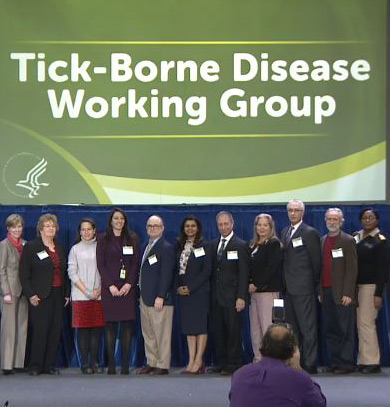 In 2016, LymeDisease.org helped push for the formation of the federal Tick-Borne Disease Working Group, signed into law as part of the 21st Century Cures Act. Over the six years of TBDWG’s existence, we played a big role. Representatives of LymeDisease.org participated on subcommittees, helping to research and write the Working Group’s reports to Congress. We also delivered both verbal and written public comments to the panel. Furthermore, we kept the Lyme community informed throughout the whole process, reporting on and analyzing each meeting via blogs, social media posts, and our weekly email newsletters.
In 2016, LymeDisease.org helped push for the formation of the federal Tick-Borne Disease Working Group, signed into law as part of the 21st Century Cures Act. Over the six years of TBDWG’s existence, we played a big role. Representatives of LymeDisease.org participated on subcommittees, helping to research and write the Working Group’s reports to Congress. We also delivered both verbal and written public comments to the panel. Furthermore, we kept the Lyme community informed throughout the whole process, reporting on and analyzing each meeting via blogs, social media posts, and our weekly email newsletters.
Over the last ten years, LymeDisease.org has elevated patient interests via a wide variety of forums. These have included 2016’s Precision Medicine Summit at the White House and a pivotal 2023 workshop sponsored by the National Academy of Science, Engineering and Medicine. Moreover, we’ve been quoted in such national publications as U.S. News and World Report, Business Insider, The New York Times, and The Wall Street Journal, regarding access to care, insurance, vaccines, and diagnostic issues. In all of these cases, we strive to represent the patient voice—too long ignored by most of the powers-that-be.
The world is getting ‘tickier’
Almost every day brings news coverage of the continued rise of tick-borne diseases, in this country and throughout the world. (A recent report quotes a prominent entomologist as saying the world is getting ‘tickier.’) As much as we all might wish otherwise, the challenges brought on by these infections aren’t going away anytime soon. The people most affected by these illnesses—patients and their families—deserve access to appropriate medical care, period. Furthermore, more national resources must be focused on finding better ways of prevention, diagnosing and treating all tick-borne diseases.
We’ve been at this for 35 years, but in many ways, we’re just getting started. Won’t you join us?
Editor’s note: Any medical information included is based on a personal experience. For questions or concerns regarding health, please consult a doctor or medical professional.



